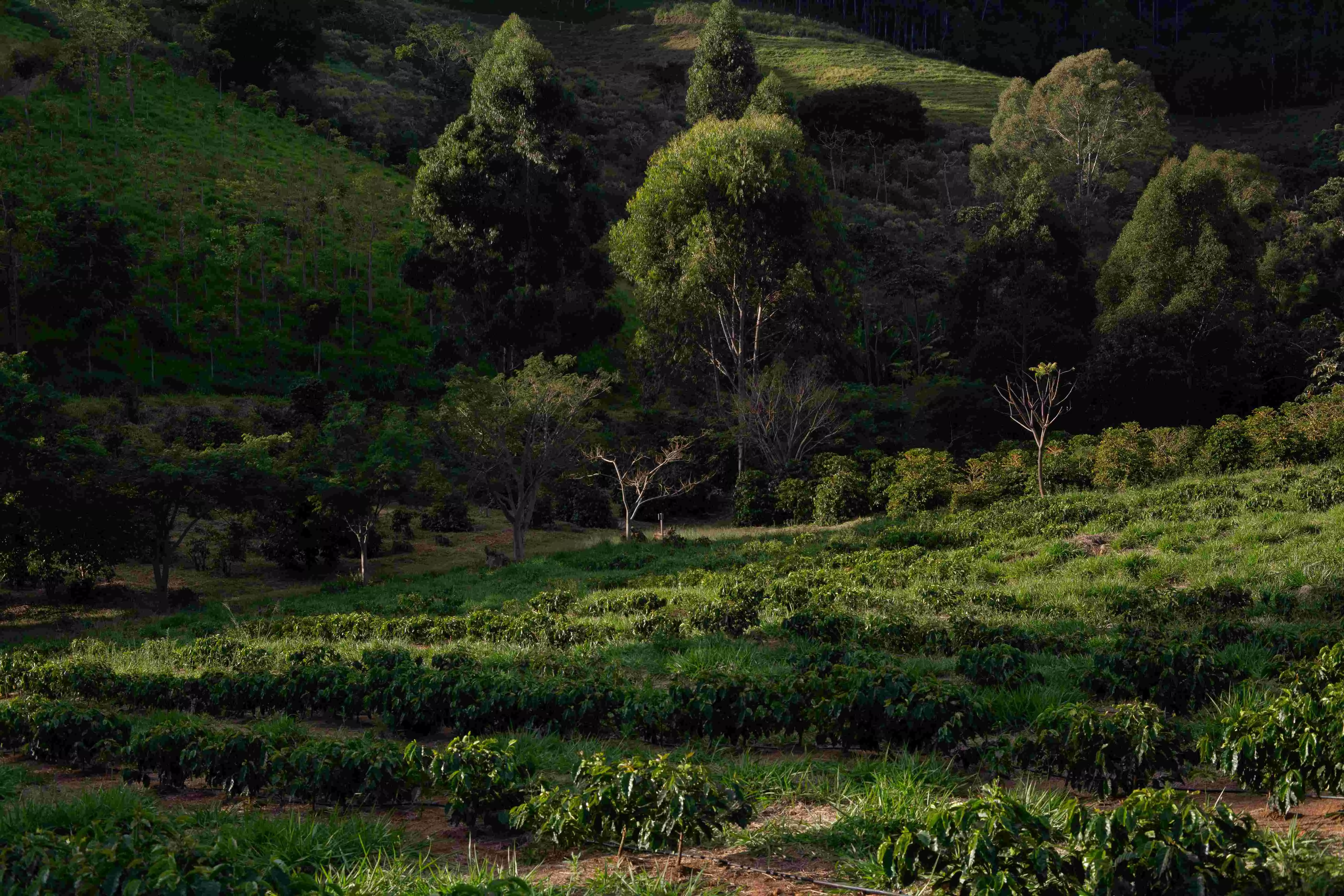Hidden in Plain Sight
Since India’s farmlands are battling climate chaos and economic setbacks, the neglected notion of agroforestry—an ancient practice with modern promise—can serve as a powerful, nature-based solution

India’s farmers face the brunt of climate change. Erratic rainfall, failing crops, and degrading soil fertility are everyday realities. A 2020 study by the Indian Institute of Tropical Meteorology found that extreme rainfall events in central India tripled from 1950 to 2015, while moderate rains decreased. Meanwhile, nearly 30 per cent of India’s soil is degraded, severely threatening long-term agricultural productivity.
Yet, amid the race for high-tech climate solutions, one of the most powerful, affordable, and time-tested answers lies right in front of us: agroforestry. The integration of trees with crops or livestock isn’t new. It has existed in traditional Indian farming systems for centuries. But now, backed by scientific validation and international endorsements from the IPCC, the UN Environment Programme, and India’s National Agroforestry Policy, it stands out as a nature-based solution for both climate mitigation and adaptation.
Agroforestry systems deliver multiple benefits. Trees act as carbon sinks capable of storing between 35 and 170 megagrams of carbon per hectare depending on species and region, according to ICAR and ICRAF. They also stabilise soil, reducing erosion by up to 80 per cent compared to monocropping. And they diversify income—studies in Karnataka and Punjab show that agroforestry can boost farmer earnings by 30–200 per cent, through the sale of timber, fruit, honey, or medicinal plants.
By contrast, monocropping often leads to nutrient depletion and vulnerability to droughts and floods. Input costs for fertilisers and pesticides are rising faster than crop prices, trapping smallholders in a cycle of debt and uncertainty.
Despite its potential, structured agroforestry systems cover only about 4–5 per cent of India’s agricultural land. The barriers are largely systemic. Many farmers still face restrictive regulations. While some states permit the free trade of 30–60 tree species, cultivating high-value trees like sandalwood or teak often requires bureaucratic permits, discouraging adoption. Moreover, access to technical know-how and carbon markets remains limited, even as the global carbon economy surpassed USD 900 billion in 2022. Reliable markets for agroforestry outputs, such as timber or medicinal crops, are lacking, making income streams unpredictable and risky.
To address these challenges, my teammates and I developed a policy- and tech-backed agroforestry model for India and Cameroon as part of the Entente Cordiale University Challenge, a Franco-British competition commemorating 120 years of diplomatic ties.
For India, we proposed expanding the list of tradable tree species and built a comprehensive prototype of a mobile app. The tool suggests optimal agroforestry combinations based on location and soil, calculates expected returns, enables applications for financial schemes, and provides access to carbon credit markets. Though still in development, we hope the tool will be scaled in partnership with governments or development agencies.
Our project won first place in France and we were awarded the President Loubet Award. We had the honour of presenting our work to Salaheddine Mezouar, President of COP22 and former Foreign Minister of Morocco, at the London School of Economics. Later, we discussed implementation and potential with the Chief of Staff to President Emmanuel Macron at the Élysée Palace.
Agroforestry doesn’t require an overhaul of Indian agriculture. It builds on what farmers already do, drawing from local knowledge, biodiversity, and natural systems. As India grapples with the twin crises of climate volatility and rural distress, the question is no longer whether agroforestry can help. It’s why we’re not scaling it faster.
Sometimes, the most transformative solutions really do grow on trees.
The writer is President, RISE EDHEC. Views expressed are personal



